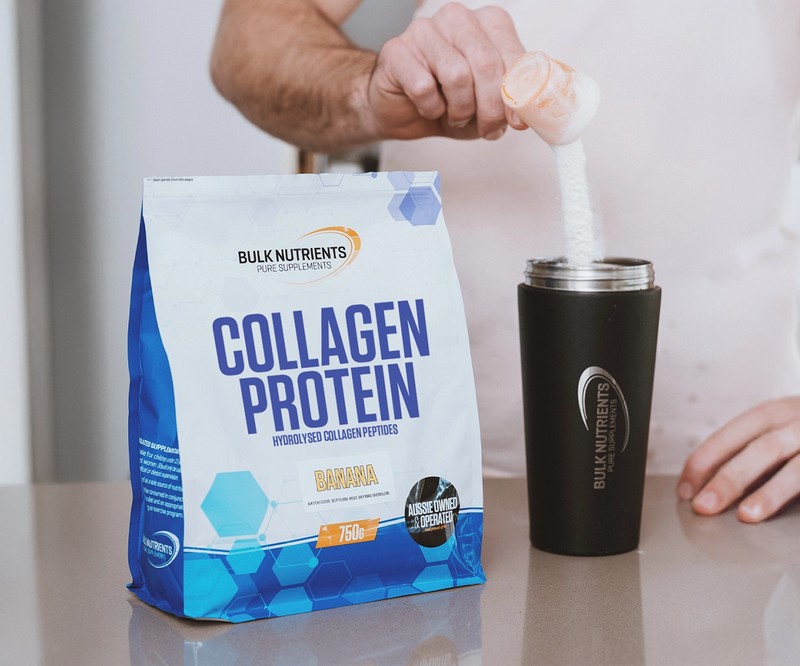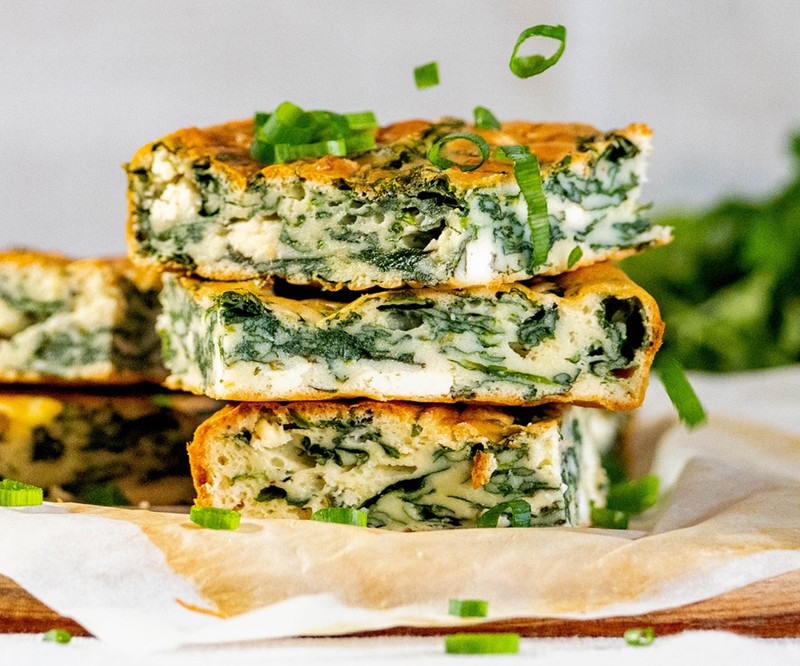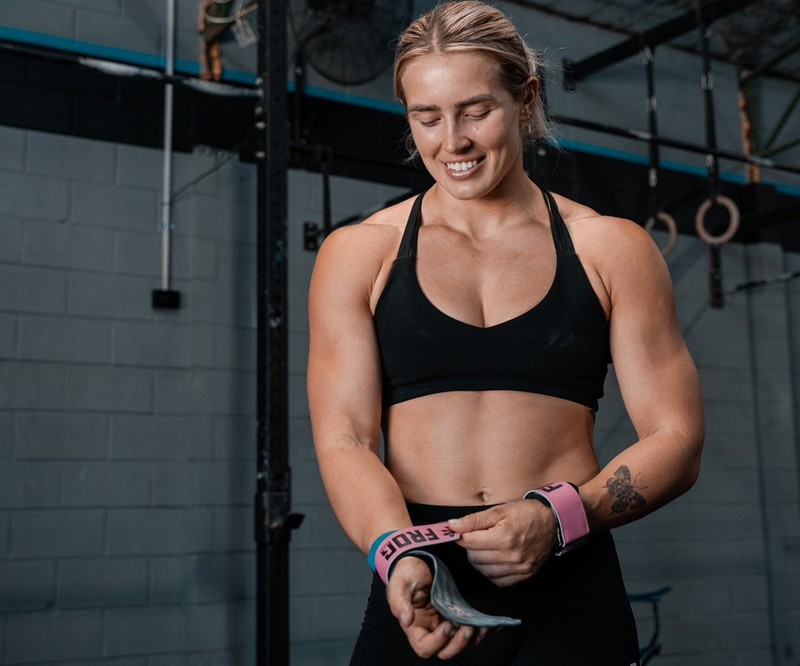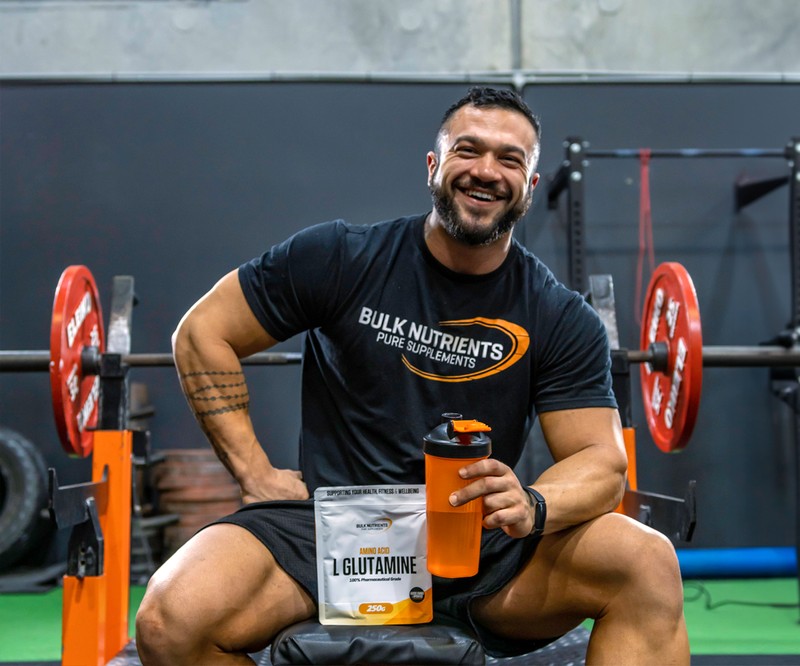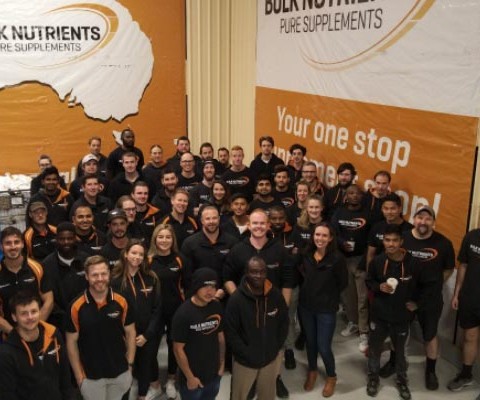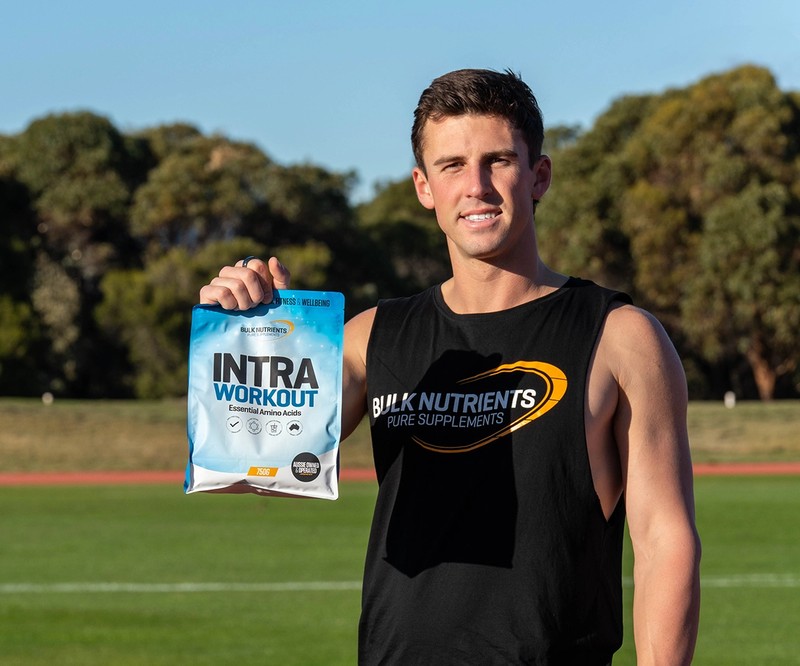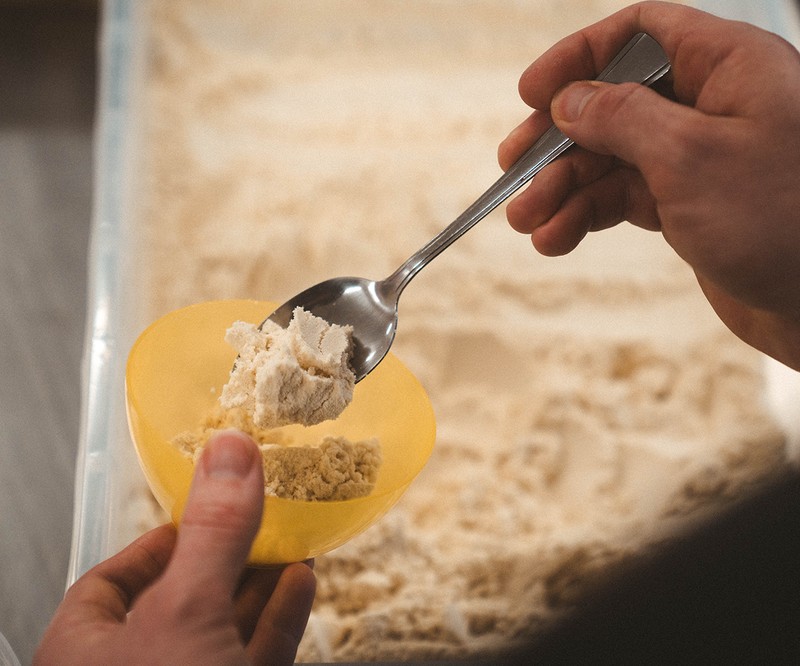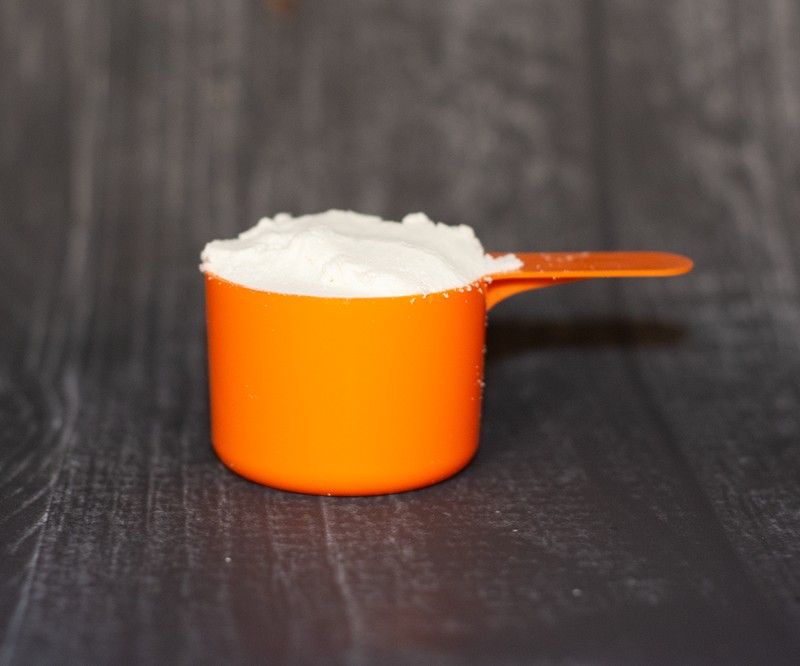How Do Muscles Actually Grow?

How your muscles grow
Firstly, take a look at this diagram below to see your muscles up close:

You can see how there are many components to your muscles; made up of the fascicle, then the single muscle cell, and then the myofibril.
Your muscles are made up of myofibrils and sarcomeres (that look like threads!) that form the muscle fibre and the basic units of contraction.
Zooming in a little closer, pay particular attention to the satellite cells:

If you're anything like me when you hear the word "satellite", your mind goes as far as the thing on the roof that ensures a smooth stream of cable TV!
But in the context of muscle growth, it's even more exciting than that!
Because it's our satellite cells that have a critical role in how much muscle we can grow.
One study found that "extreme responders" to muscle growth (with 58% myofiber muscle growth from weight lifting) saw a 23% activation of their satellite cells!
This was in comparison to "modest" responders who clocked in at 28% growth and 19% satellite cell activation, and "non-responders" who sadly saw 0% growth and 0% activation of their satellite cells.
And muscle growth, therefore, becomes about how to activate our satellite cells.
So how do we do that?
Well, we'll get to those mechanics later! But we add more muscles to our muscle cells via these satellite cells, that act like stem cells for our muscles.
And when these are activated, they assist to add more nuclei to our muscles cells and directly grow them.
After a solid workout, we damage muscle fibres. And the recovery of these fibres is what causes the muscle to get bigger.
It's a cellular process where muscle fibres are fused together to create fresh strands of muscle protein (or myofibrils). And the repaired myofibrils get larger in number and thickness in what we refer to as hypertrophy (growth).
It's like how we would fix an old wooden chair that we've damaged; strengthen the framing and support it with more pieces of wood.
And this occurs when we get our diet right too, specifically, getting enough protein. When our levels of muscle protein synthesis outweigh the rate of muscle protein breakdown; the stage is set for muscle growth!
The third and critical component is rest; adequate sleep and recovery following training. Our muscles grow not during our training, but during rest.

Muscle growth can therefore be simplified in the following three steps:
- Training properly in the gym
- Getting adequate protein
- Getting enough rest
Hormones and muscle growth
Guess what else fuels these critical satellite cells?
Hormones.
Specifically, insulin growth factor (IGF)-1, and largely Mecho-Growth Factor (MGF), along with testosterone.
Testosterone: stimulates protein synthesis and inhibits protein degradation. Put these together and you get the promotion of muscle by testosterone. Testosterone concentration is elevated immediately after weight training, and men naturally have more of it than women, making them be able to grow more muscle.
(IGF)-1: Helps regenerate muscle fibres after exercise. It activates satellite cells, helps glucose uptake, enhances protein synthesis, and the uptake of amino acids.
Put all this together, and muscle growth is well and truly on the menu.
Activating our satellite cells as much as possible
We mentioned earlier that our activity of satellite cells is what governs muscle growth, and that there was a way to maximise their engagement.
And the way we do that is by following the three principles of muscle whilst training:
1. Mechanical Tension - lifting heavy and generating lots of muscle power with a challenging weight and good form. You won't grow if your muscles aren't working hard to lift it!
2. Metabolic Stress - Getting a "pump" in the gym. This involves taking the set to muscle failure and training between 12-25 reps, and not taking 10 minutes of rest between sets. It's getting the blood "pumping!"
3. Muscle Damage - Performing challenging exercises, implementing slow negatives, and ensuring a good range of motion during lifts. Keep in mind, muscle damage doesn't always mean sore muscles after training. Moreover, research shows subjects can grow an equal amount of muscle mass with or without muscle pain after training.

So, get all of these principles right and you're well on your way to maximising muscle growth!
The bottom line is that the activity level of our satellite cells plays a huge role in how much muscle we can grow. That is governed by genetics, but also the ability to call upon them in the context of training properly; utilising the three principles of muscle growth. These principles are mechanical tension, metabolic stress, and muscle damage.
The hormone (IGF)-1 also helps activate satellite cells, whilst testosterone is increased after resistance training which also stimulates muscle protein synthesis and inhibits protein degradation. Consuming enough protein and getting enough rest after training is the final component of how muscle grows.
References:
- Clark RV, Wald JA, Swerdloff RS, Wang C, Wu FCW, Bowers LD, Matsumoto AM. Large divergence in testosterone concentrations between men and women: Frame of reference for elite athletes in sex-specific competition in sports, a narrative review. Clin Endocrinol (Oxf). 2019 Jan;90(1):15-22. doi: 10.1111/cen.13840. Epub 2018 Sep 27. Erratum in: Clin Endocrinol (Oxf). 2019 Sep;91(3):471-473. PMID: 30136295.
- Duclos MJ, Chevalier B, Le Marchand-Brustel Y, Tanti JF, Goddard C, Simon J. Insulin-like growth factor-I-stimulated glucose transport in myotubes derived from chicken muscle satellite cells. J Endocrinol. 1993 Jun;137(3):465-72. doi: 10.1677/joe.0.1370465. PMID: 8371077.
- Flann KL, LaStayo PC, McClain DA, Hazel M, Lindstedt SL. Muscle damage and muscle remodeling: no pain, no gain? J Exp Biol. 2011 Feb 15;214(Pt 4):674-9. doi: 10.1242/jeb.050112. PMID: 21270317.
- Kraemer WJ, Ratamess NA. Hormonal responses and adaptations to resistance exercise and training. Sports Med. 2005;35(4):339-61.
- Petrella JK, Kim JS, Mayhew DL, Cross JM, Bamman MM. Potent myofiber hypertrophy during resistance training in humans is associated with satellite cell-mediated myonuclear addition: a cluster analysis. J Appl Physiol. 2008;104(6):1736-42.
- Philippou A, Maridaki M, Halapas A, Koutsilieris M. The role of the insulin-like growth factor 1 (IGF-1) in skeletal muscle physiology. In Vivo. 2007 Jan-Feb;21(1):45-54. PMID: 17354613.
- Schoenfeld BJ. The mechanisms of muscle hypertrophy and their application to resistance training. J Strength Cond Res. 2010 Oct;24(10):2857-72. doi: 10.1519/JSC.0b013e3181e840f3. PMID: 20847704.
- Stokes T, Hector AJ, Morton RW, McGlory C, Phillips SM. Recent Perspectives Regarding the Role of Dietary Protein for the Promotion of Muscle Hypertrophy with Resistance Exercise Training. Nutrients. 2018;10(2):180. Published 2018 Feb 7. doi:10.3390/nu10020180
- Vingren JL, Kraemer WJ, Ratamess NA, Anderson JM, Volek JS, Maresh CM. Testosterone physiology in resistance exercise and training: the up-stream regulatory elements. Sports Med. 2010 Dec 1;40(12):1037-53. doi: 10.2165/11536910-000000000-00000. PMID: 21058750.
- Zierath JR, Hawley JA. Skeletal muscle fiber type: influence on contractile and metabolic properties. PLoS Biol. 2004;2(10):e348. doi:10.1371/journal.pbio.0020348



